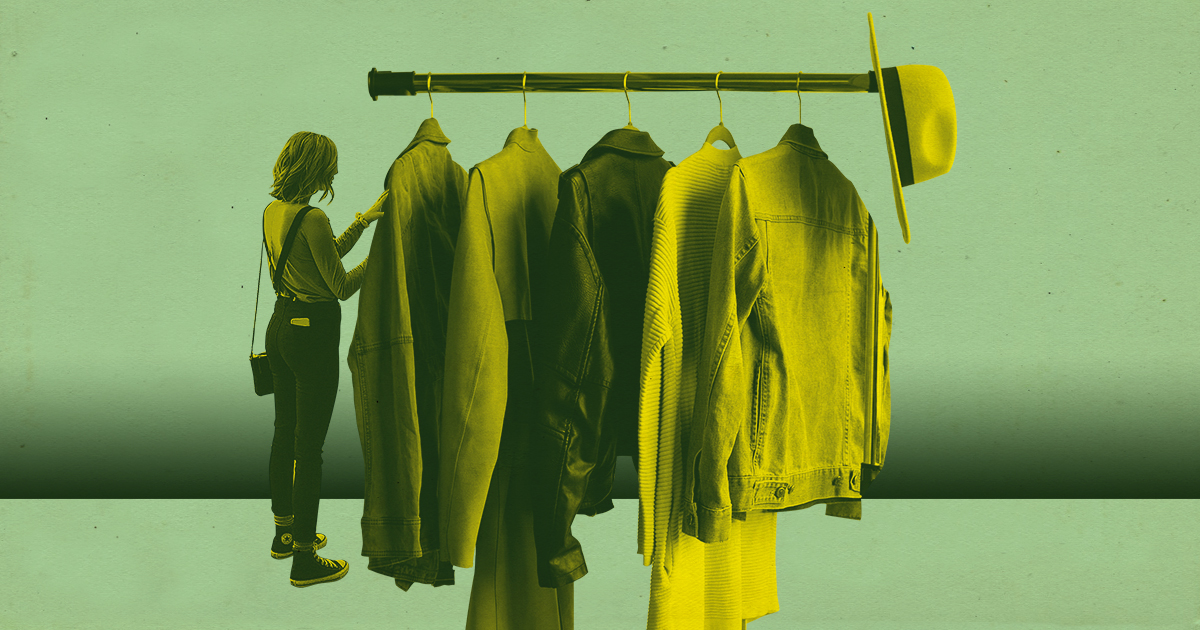Fair fashion
Why fashion should be fair

Behind the glamour of beautiful glossy images in magazines and fashion weeks all over the world,
is the reality of the global fashion industry – dire portrait of women living in abject poverty,
struggling to survive to meet the demands of the high street.
Fair Fashion. Eco-fashion. Ethical Fashion. Sustainable Fashion. Green Fashion. Responsible Fashion.
We are surrounded by these terms, and yet they are rarely defined. As conscientious consumers,
choosing to buy ethically conveys what sustainability means to you, this article is a guide to help you
navigate some of the complexities of the fashion industry at a
Note; Your decisions, whether positive or negative, have a direct effect on those working across fashion’s supply chains.
1. Healthy and Safe Working Conditions
For consumers wanting to buy ethically, we need to know that the human rights of the producers of the garments are being upheld. Despite international standards, government legislation working to tackle human rights at work, garment producers often face working in extremely unsafe structures.
2. Fair Pay
A living wage is a human right. Due to the issue that the complexities surrounding this definition and lack of universalised policy, systemic human rights abuses exists in the employment of millions of garment workers all over the world. Despite the fashion industry being a trillion dollar industry, many workers receive wages that force them further into poverty – for example in Bangladesh the minimum wage only covers 60% of the cost of living in a slum.
3. No Forced and Child Labour
The fact that many of the 36 million people living in modern slavery today (Global Slavery Index, 2014) is terrifying, and more so is that many of whom are working in the supply chains of fashion and retail brands.
4. Cultural Preservation
Historically speaking, the garment industry has been an important vehicle for change and development at a community and international level. Consequentially, a healthy garment industry could not only lift workers out of poverty but could also preserve ancient skills.
Learn more on Mochni